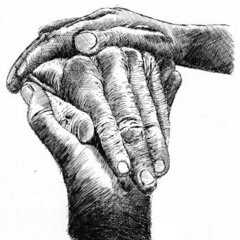Search the Community
Showing results for tags 'pen and ink drawing'.
-
After somebody saw my Stairway to Heaven drawing, I was asked how to draw such a stairway and I though I would explain it step by step in this post. A stairway can be very effectively used as a main element leading viewers eyes towards focal points in a drawing and adds great visual appeal to a draw...
- 1 reply
-
- art
- pen and ink drawing
-
(and 1 more)
Tagged with:
-
With its varied texture and limitless possibilities, tree bark is always fun to draw with pen and ink. Though it looks intimidating in the beginning, with simple strokes and techniques, pen is ideal medium to draw bark. Grab a good gel pen and follow along to do this pleasing pen and ink drawing....


